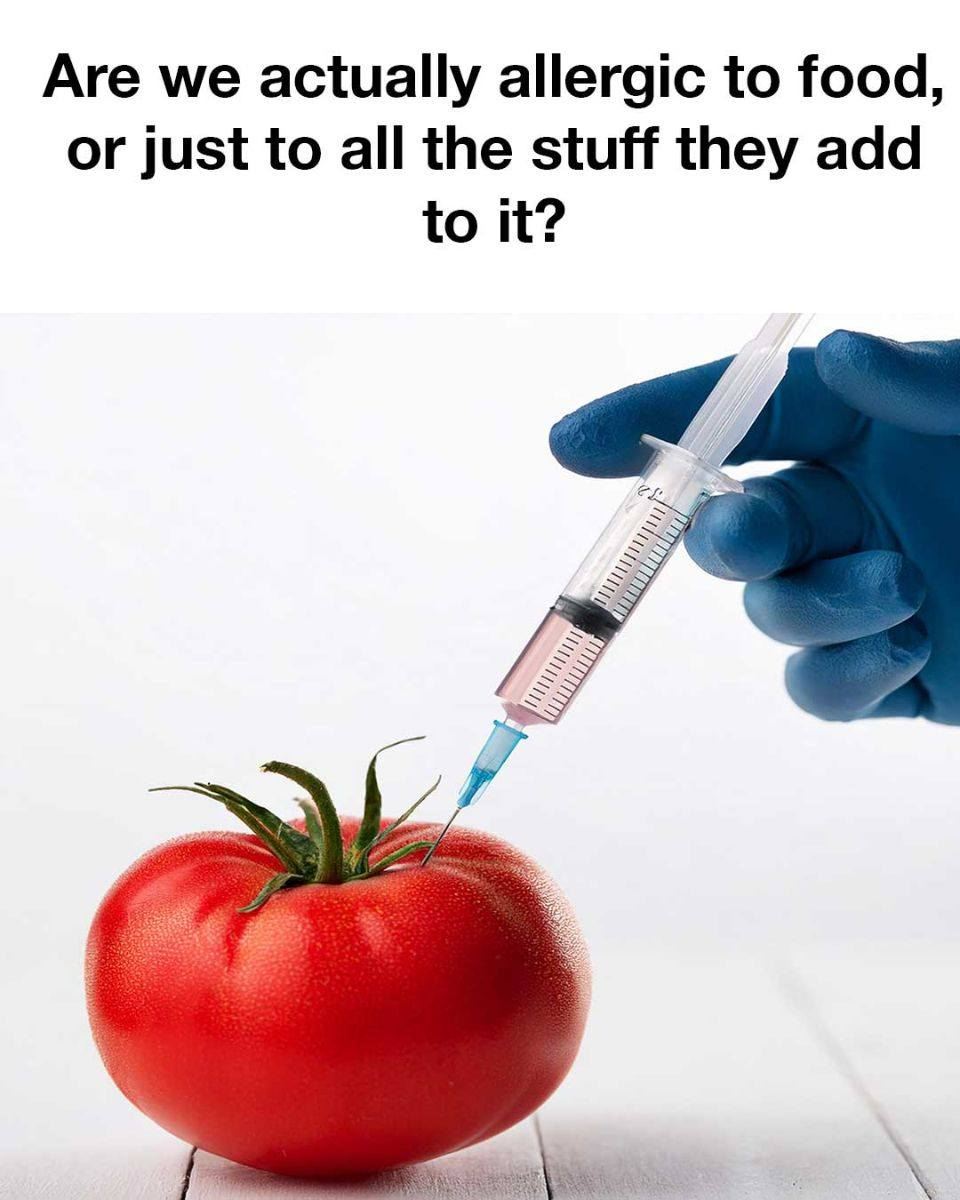Food allergies have been on the rise globally over the past few decades, prompting scientists, healthcare professionals, and consumers alike to ask an important question: Are we allergic to food itself, or to what has been done to it? As food production has evolved, there has been a dramatic shift in the way our food is grown, processed, and packaged. Genetically modified organisms (GMOs), artificial preservatives, and chemical additives have become common in modern food. But do these alterations play a role in the increasing incidence of food allergies? In this article, we explore the relationship between food allergies, GMOs, and food processing.
The Growing Prevalence of Food Allergies
Food allergies are an abnormal immune response to certain proteins found in foods. When a person with a food allergy consumes an allergenic protein, their immune system misidentifies it as harmful, releasing chemicals like histamines that cause symptoms ranging from mild reactions (such as itching or swelling) to severe anaphylaxis, a potentially life-threatening condition.
The prevalence of food allergies, especially in children, has grown significantly. According to the Centers for Disease Control and Prevention (CDC), food allergies among children increased by 50% between 1997 and 2011. The most common food allergens include:
- Peanuts
- Tree nuts
- Milk
- Eggs
- Wheat
- Soy
- Fish and shellfish
While food allergies have likely existed for centuries, the rapid rise in cases over the past few decades has led to concerns that modern food production methods may be exacerbating this trend.
What Are GMOs?
see continuation on next page

